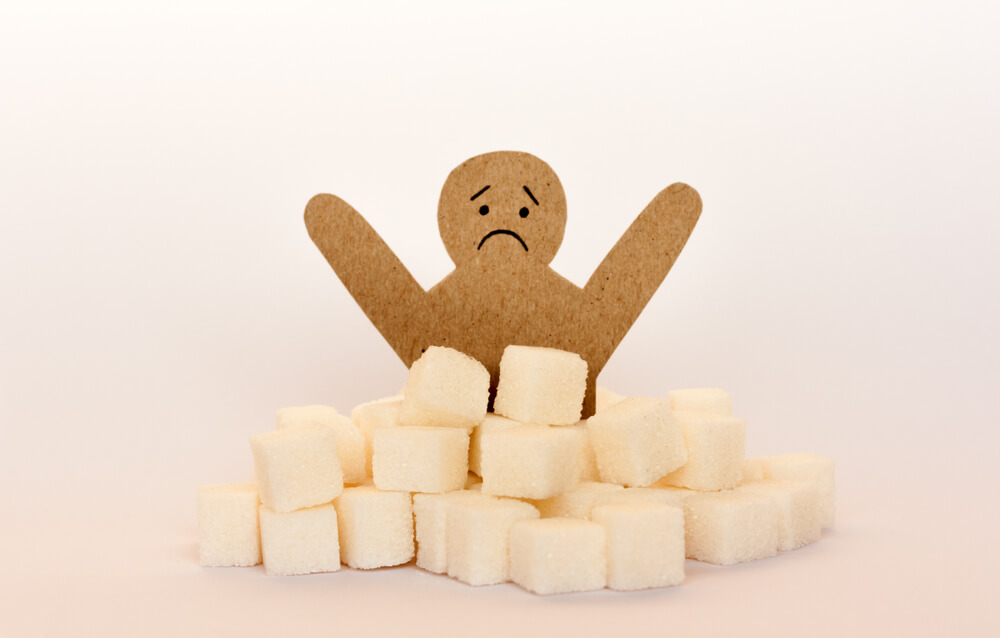What is Insulin Resistance?
Insulin resistance typically occurs when the body doesn’t respond as it should to the hormone called insulin. This makes it harder for glucose to reach the cells. Glucose is typically from food and acts as the body’s primary energy source.
In short, insulin resistance in children can raise their risk of developing type 2 diabetes and other medical conditions. Fortunately, our endocrinologist diabetes specialists at the Pediatric Endocrine and Metabolic Center of Florida are well-versed in this subject. In this article, they will discuss all the vital information parents need to know about insulin resistance in children, along with the potential treatment options.
About Insulin
As mentioned above, insulin is a hormone that is among our bodies’ most crucial regulators of blood sugar (glucose) levels. The hormone is produced by the pancreas and helps deliver the sugar into the bloodstream and the body’s cells so they can use it as a source of energy. As such, insulin lowers blood sugar levels, keeping them within normal ranges. Furthermore, insulin also tells the liver to store sugar for later use, usually when a person’s blood sugar levels start to drop as a result of not eating for a while.
This is how things usually work. In some cases, however, when a more significant amount of sugar enters the blood, the pancreas releases even more insulin. Higher insulin levels signal the liver to store more sugar, but when the liver cells are full of sugar, it gets stored in fat tissue, which leads to weight gain.
And over time, the body’s cells may stop responding to insulin, and as a result, the pancreas simply won’t be able to produce enough of it, and blood sugar levels will rise, potentially causing damage to several bodily organs and potentially causing prediabetes and even type 2 diabetes.

More About Insulin Resistance
Insulin resistance happens when the body is unable to use insulin efficiently, meaning that neither fat, liver, or muscle cells will respond to it.
Consequently, the uptake of glucose from the bloodstream into the cells becomes challenging. As long as the pancreas continues to produce sufficient insulin and there is enough insulin circulating in the body, blood sugar levels remain within the normal range. However, when the pancreas is unable to generate enough insulin to maintain proper levels, blood sugar increases, leading to the storage of glucose in muscle and fat cells.
Causes of Insulin Resistance
Currently, the medical community does not precisely understand what causes the condition. So far, they’ve linked lack of physical activity and excess weight as crucial factors.
Belly fat is considered to be the main factor, and simply not getting enough exercise. Being active is crucial in keeping blood glucose in check, both in adults and children.
Also, some experts link insulin resistance to conditions and genetic syndromes that affect stress and hormone levels. Also, some medicines have been linked to developing insulin resistance.
Lastly, insulin resistance and obesity often tend to run in families. The latter may act as a warning sign and may help parents be extra cautious to avoid the development of insulin resistance in their children.
That said, to keep the body’s insulin response in check, pediatricians recommend that teens and kids should:
- Maintain a healthy weight
- Get regular exercise
- Eat a nutritious and balanced diet with vegetables, fruit, whole grains, and lean protein.
Insulin Resistance: Possible Symptoms
Many people, children included, often show no symptoms of insulin resistance or prediabetes. Still, there are cases when the telltale signs can be observable. These symptoms usually include:
- Increased thirst
- Frequent urination
- Increased hunger
- A high BMI (body mass index) and a high waist circumference
- High-fasting blood sugar
- A darkening of the skin creases and folds, such as the armpits and the neck (acanthosis nigricans)
Other medical conditions may also arise that are linked to obesity and insulin resistance:
- PCOS or polycystic ovary syndrome in girls (irregular and/or heavy periods, or not having periods at all)
- Obstructive sleep apnea
- Hypertension
- Extra fat in the liver
Diagnosing Insulin Resistance
Doctors will usually suspect insulin resistance if the child has darkened armpits and neck and has a family history of diabetes, heart disease, and obesity.
Still, to establish a proper diagnosis, they will most likely perform the following tests:
- Measure the child’s waist and BMI.
- Measure their blood pressure.
- Perform blood tests like checking lipid profiles, perform the fasting insulin test, fasting glucose, or hemoglobin A1c tests.
At this point, pediatricians may recommend other tests to look for other problems that stem from obesity and insulin resistance, such as sleep apnea, fatty liver, or PCOS.
Insulin Resistance Treatment: How to Lower Insulin Resistance?
For the most part, the best insulin resistance treatment is making positive lifestyle changes. Needless to say, losing any excess weight will show tremendous improvements not just in blood sugar levels, but in cholesterol levels, along with improved blood pressure.
How to lower insulin resistance even more? Introducing regular physical activity is especially crucial in the case of kids. They are still growing, and the added physical exercise will be capable of slowing down unwanted weight gain while strengthening the body and the immune system.
To make matters easier, families are encouraged to work with their pediatrician and dietician to create a weight management program to overhaul the family’s current diet and introduce healthier lifestyle habits.
This might include:
- Limiting junk food or finding healthy alternatives
- Opting for more vegetables and fruit
- Opting for whole grains
- Reducing screen time and getting more exercise.

Please Note
Unfortunately, in some cases, the resistance and the accompanying medical problems won’t improve and won’t respond to lifestyle changes alone. Some children may require to take medication that will increase their sensitivity to insulin and might require treatment for their other problems, like taking blood pressure medication. Children with severe obesity and insulin resistance may require weight loss surgery to avoid any further medical complications and the onset of diabetes.
Educate Yourself
Insulin resistance can lead to serious health consequences both in children and adults. As such, if you already have a family history of insulin resistance and obesity, we recommend being extra cautious regarding your child’s dietary habits and exercise routines. Still, remember that you don’t have to eliminate sweets and snacks entirely from your child’s diet, and you don’t need to make them perform rigorous exercise. Their insulin levels and weight must be kept in check, so there’s no need to enforce an extreme approach.
That said, if you want to learn more about avoiding insulin resistance while ensuring your child lives a happy, fit, and active life, contact us today.


